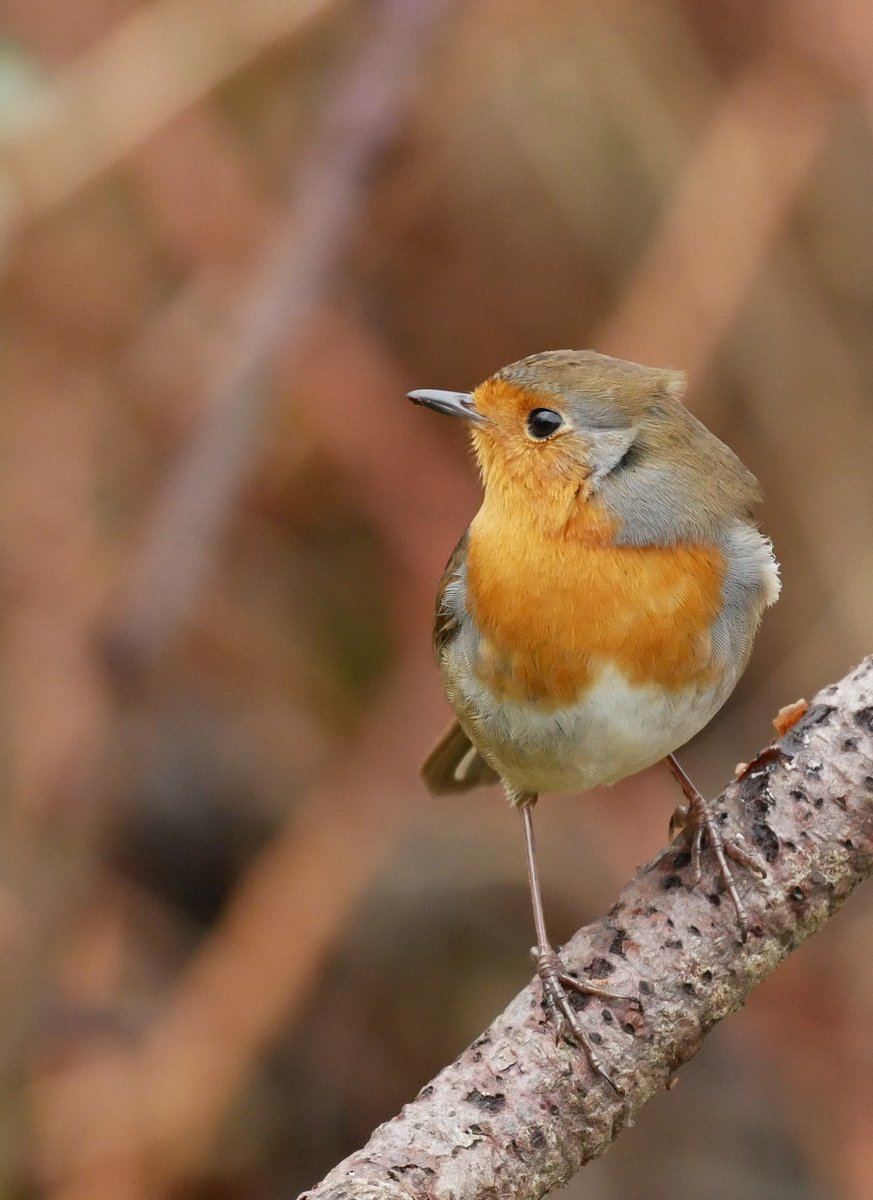
1/4
Wilderness & Anthropocene.
We are currently living in a time many refer to as the Anthropocene. This epoch is defined as the period in which we as humans have had significant impact on our planet and the wilderness surrounding us.
#CumbriaWildlifeMedia #Impactonnature
Wilderness & Anthropocene.
We are currently living in a time many refer to as the Anthropocene. This epoch is defined as the period in which we as humans have had significant impact on our planet and the wilderness surrounding us.
#CumbriaWildlifeMedia #Impactonnature
2/4
In this new epoch of Earth's history, human activities have become a dominating, unsettling, and detrimental force on the entire Earth system. We have profoundly changed the planet's physical, chemical, and biological systems, on which we and all other organisms rely on.
In this new epoch of Earth's history, human activities have become a dominating, unsettling, and detrimental force on the entire Earth system. We have profoundly changed the planet's physical, chemical, and biological systems, on which we and all other organisms rely on.
3/4
'It is widely acknowledged that humans, as a species, has had such a profound impact on Earth and its inhabitants that we will have a long-lasting – and potentially irreversible – impact on its systems, environment, processes, and biodiversity.' - NHM
nhm.ac.uk/discover/what-….
'It is widely acknowledged that humans, as a species, has had such a profound impact on Earth and its inhabitants that we will have a long-lasting – and potentially irreversible – impact on its systems, environment, processes, and biodiversity.' - NHM
nhm.ac.uk/discover/what-….
4/4
The phrase Anthropocene constituents as an umbrella term, encompassing an extensive variety of human influences on the planet, among which are climate change, loss of biodiversity, limited resources and waste production. annualreviews.org/doi/10.1146/an…
The phrase Anthropocene constituents as an umbrella term, encompassing an extensive variety of human influences on the planet, among which are climate change, loss of biodiversity, limited resources and waste production. annualreviews.org/doi/10.1146/an…
• • •
Missing some Tweet in this thread? You can try to
force a refresh







